Imagine bringing home a strikingly beautiful Dalmatian, its spotted coat turning heads wherever you go. The kids are thrilled, dreaming of a real-life “101 Dalmatians” adventure. But what if I told you that this picture-perfect family moment could turn out to be much more complicated than you ever expected? Sometimes, the most charming appearances can hide surprising challenges, and when it comes to Dalmatians, many families find themselves unprepared for the reality behind those famous spots.
Looks Can Be Deceiving: The Dalmatian’s Allure
It’s no wonder people fall in love with Dalmatians at first sight. Their unique, dotted coats and athletic build make them look almost magical, like something straight out of a fairy tale. For families, especially those with young kids, the idea of sharing their home with such a stunning dog can be irresistible. Kids might even beg their parents for a Dalmatian after seeing them in movies or cartoons.
But here’s the surprising part: the same qualities that make Dalmatians so popular in movies often set up unrealistic expectations. Their beauty doesn’t tell the whole story. Many people adopt Dalmatians without knowing about their temperament, energy levels, or unique needs. This mismatch between expectation and reality can lead to disappointment or even heartbreak when the dog’s true personality emerges in a busy family home.
High Energy, Higher Demands: Not for the Faint of Heart
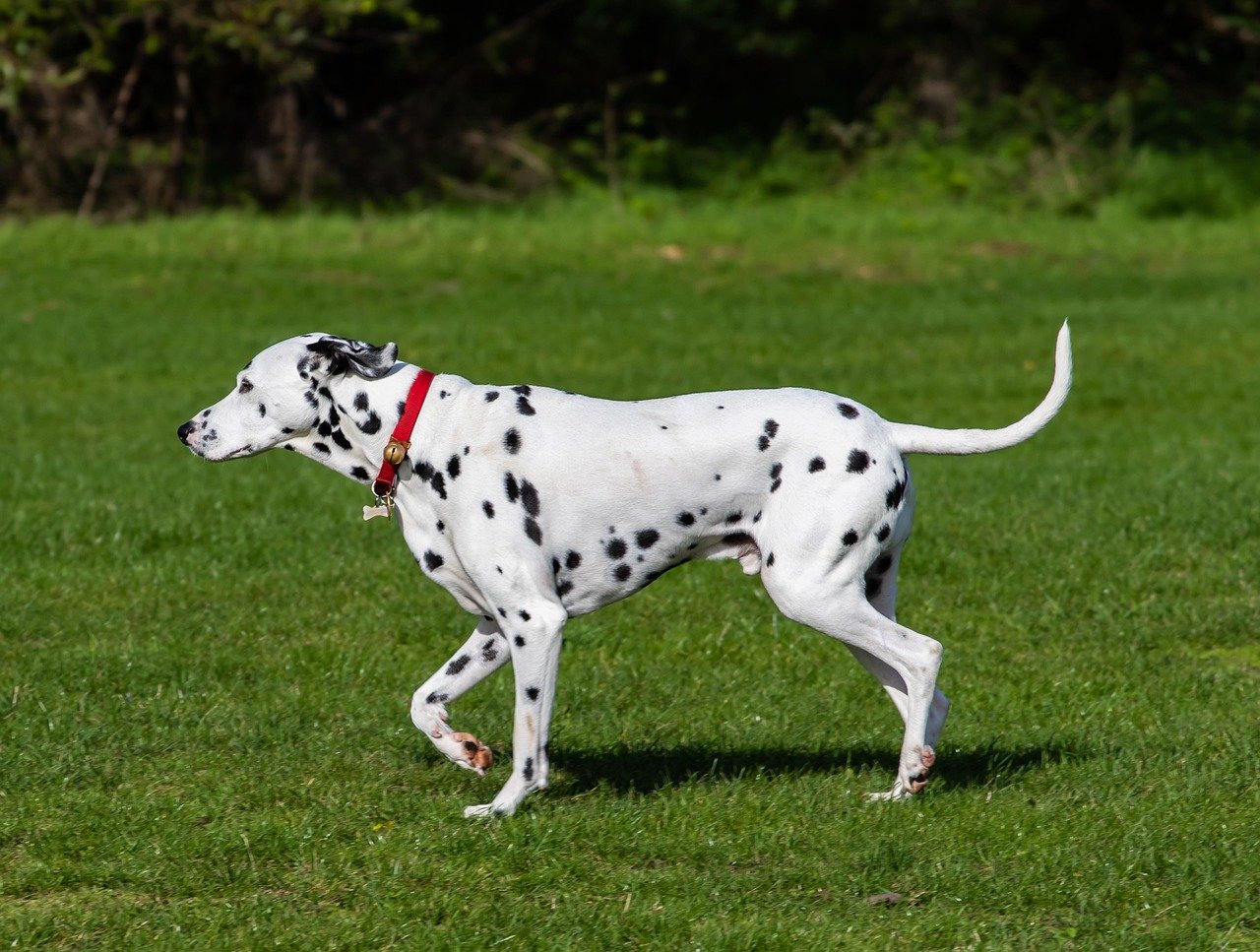
Dalmatians are athletes at heart. Originally bred to run alongside horse-drawn carriages, their stamina and energy are almost unmatched. This means they need a ton of exercise—much more than the average family dog. A quick walk around the block won’t cut it. Without plenty of physical and mental stimulation, Dalmatians can become bored, frustrated, and even destructive.
For families with young children, finding the time and energy to meet a Dalmatian’s needs can be overwhelming. A tired parent might hope for a cuddly companion, but a Dalmatian left under-exercised is more likely to be bouncing off the walls, chewing up shoes, or herding the kids around the house. This high-octane lifestyle can be exhausting and even stressful for families who just want a calm, gentle pet.
Sensitivity and Temperament: A Tricky Combination
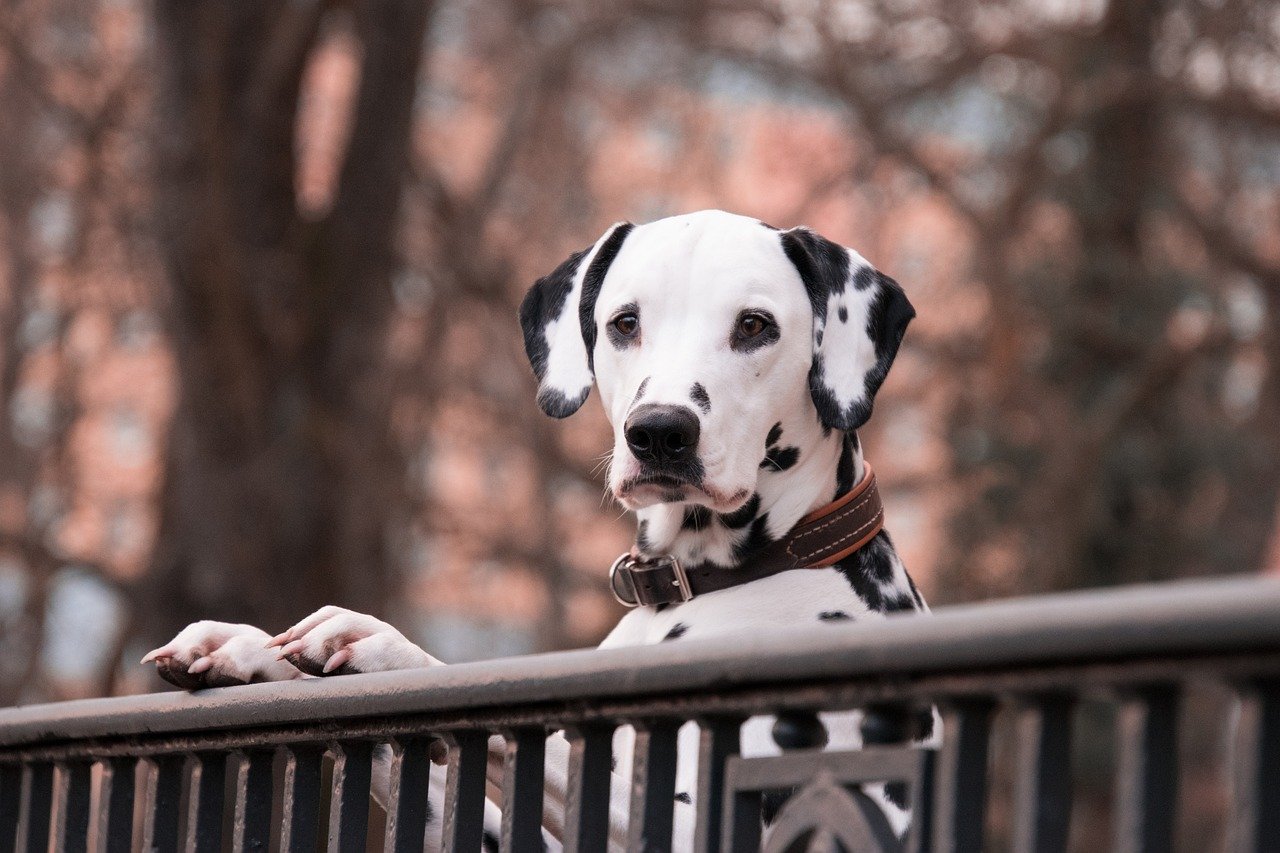
Dalmatians are known for being sensitive—emotionally and physically. They often react strongly to loud noises, sudden movements, or unexpected changes in their environment. For households with young children, who are naturally unpredictable, this sensitivity can become a real problem. A child’s squeal or a sudden hug might startle or upset a Dalmatian, sometimes triggering a defensive reaction.
Unlike some dog breeds that seem to roll with the punches, Dalmatians tend to hold onto their feelings. If they have a bad experience, they may remember it and become wary or nervous. This can make it harder for families to build trust between their dog and their children, especially if kids are too young to understand how to be gentle and respectful.
Potential for Aggression: Not Just a Myth
While no dog breed is born aggressive, Dalmatians do have a reputation for being unpredictable around small children. Their natural guarding instincts, coupled with a tendency toward nervousness, can sometimes result in snappy or even aggressive behavior if they feel threatened or overwhelmed. This doesn’t mean every Dalmatian will bite, but the risk may be higher compared to other family-friendly breeds.
In homes where kids are still learning boundaries, this can turn into a dangerous situation. Dalmatians are less likely to tolerate rough play, ear pulling, or being climbed on. If a child accidentally hurts or scares the dog, the Dalmatian might react in self-defense. For families, this unpredictability is a serious concern and one that shouldn’t be ignored when choosing a family pet.
Training Challenges: Not for Beginners
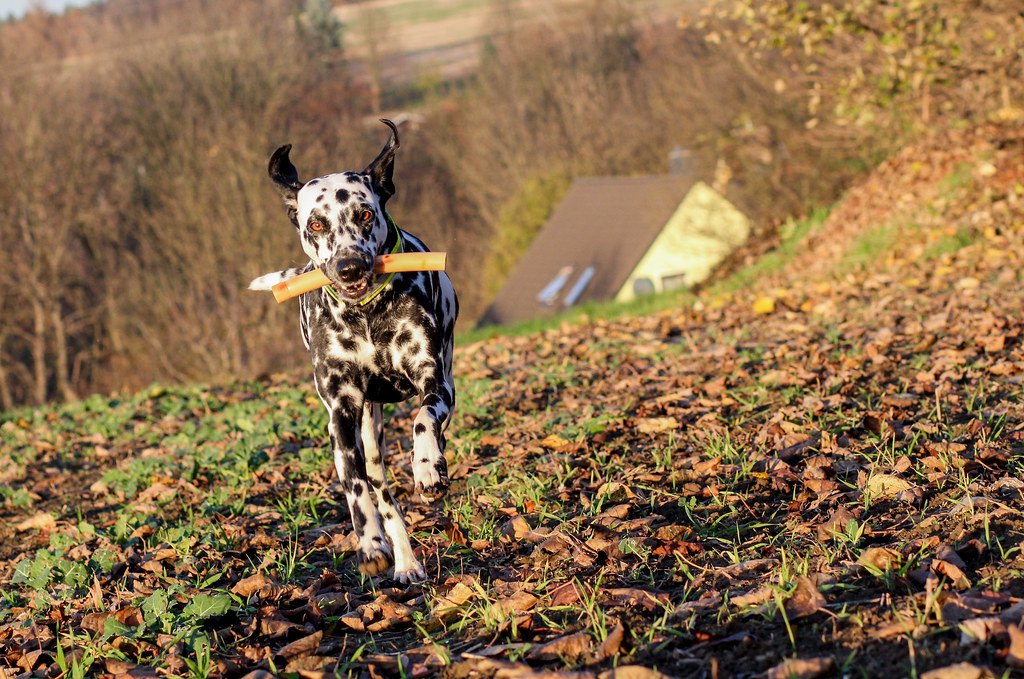
Training a Dalmatian takes time, patience, and consistency—qualities that can be hard to come by in a busy family setting. These dogs are smart, but also independent and sometimes stubborn. They need clear boundaries and positive reinforcement, but can quickly lose interest or become bored with repetitive training sessions.
For first-time dog owners or families who expect their new pet to “just fit in,” a Dalmatian can be a real test. Kids, especially, might struggle to understand why the dog doesn’t always listen or why training takes so long. Without proper guidance and commitment, Dalmatians can develop bad habits that are hard to break, making family life more stressful than joyful.
Health Issues: A Hidden Burden
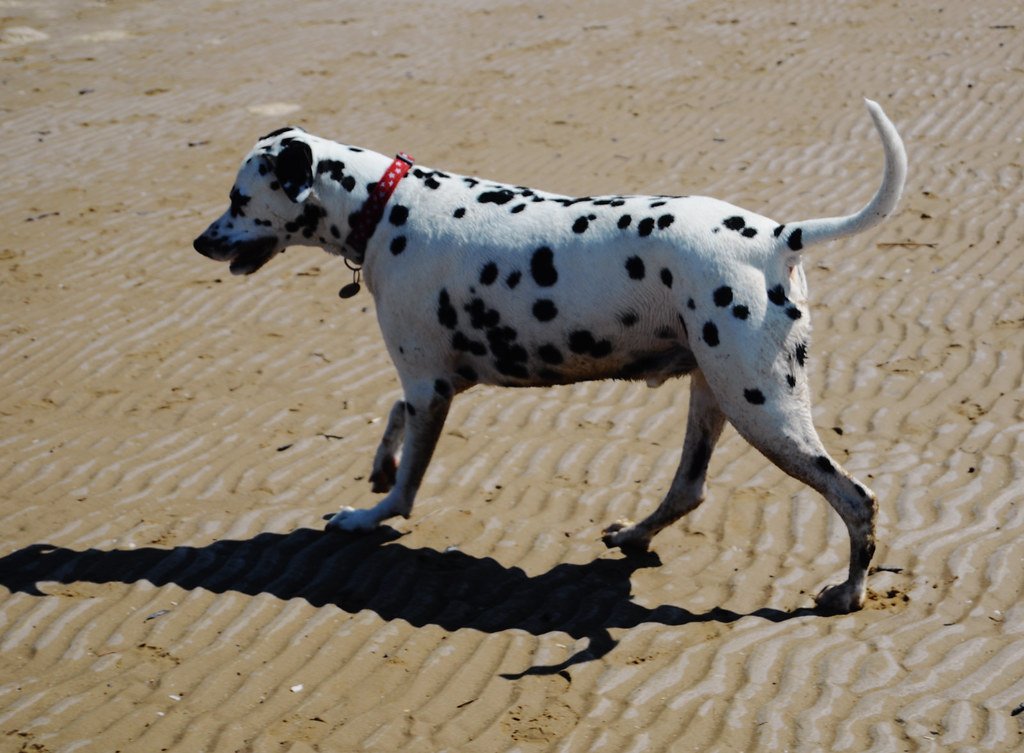
Another challenge with Dalmatians is their tendency toward certain health problems, particularly deafness. It’s estimated that up to 30% of Dalmatians suffer from some degree of hearing loss. For families with young kids, this creates extra hurdles. A deaf dog may not respond to verbal cues or warnings, increasing the risk of misunderstandings and accidents.
Besides deafness, Dalmatians are prone to urinary issues and require special diets to stay healthy. Managing these health needs takes extra time and money, which can be tough for families already stretched thin. When a dog’s health is fragile, everyone in the household feels the strain, and children may not understand why their pet isn’t as playful or interactive as they hoped.
Not Naturally Tolerant: Low Patience for Young Kids
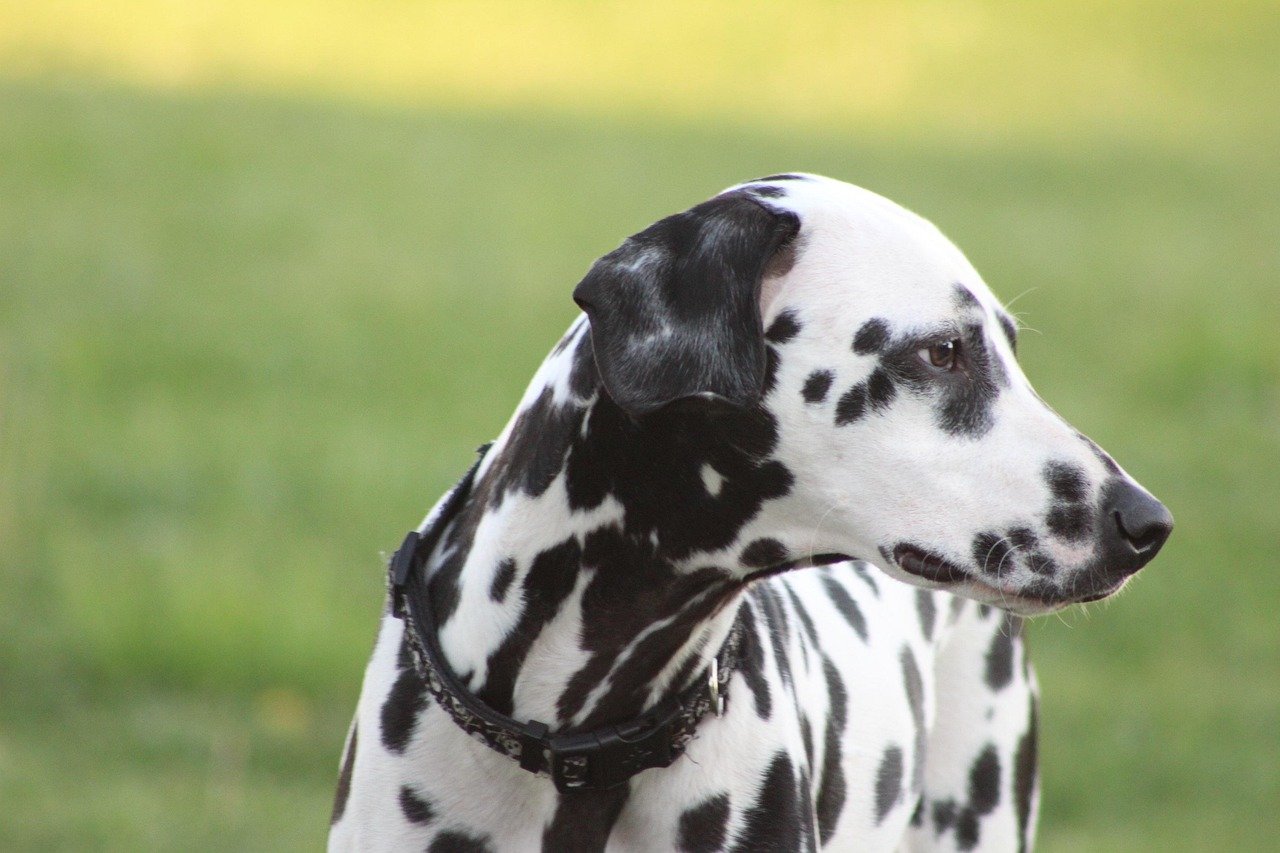
Some dog breeds are famously patient with children, happily enduring pokes, prods, and endless hugs. Dalmatians, however, tend to have a much lower tolerance for the chaos of family life. They can become overwhelmed by loud noises, unpredictable movements, and the constant activity that comes with having little kids at home.
This lack of patience isn’t the dog’s fault—it’s just part of their nature. But for families, it means extra supervision is always needed. Parents have to be vigilant, teaching their kids how to interact with the dog and stepping in to prevent problems. This constant monitoring can be exhausting and takes away from the relaxed, easygoing atmosphere most people want in their homes.
Not the Best Playmate: Different Play Styles
Children are naturally drawn to dogs who love to play. But Dalmatians often have a high-energy, rough-and-tumble play style that doesn’t always mesh well with younger or more timid kids. They might chase, nip, or jump up during play, which can scare or even accidentally hurt a child.
On the flip side, if kids try to engage a Dalmatian in gentle games or quiet cuddles, the dog may become bored or uninterested. This mismatch in play styles can lead to frustration on both sides. Kids might feel rejected, while the dog becomes restless or anxious. Instead of forming a close bond, both ends of the leash can wind up disappointed.
While Dalmatians are striking in appearance and full of energy, they may not be the best fit for families with young children. Their high energy levels, strong prey drive, and sensitivity to noise and rough handling can lead to misunderstandings and stress in a busy household. This doesn’t mean Dalmatians aren’t wonderful companions—but they require experienced, patient owners who understand their unique needs. When choosing a family dog, especially around kids, temperament and compatibility should come before looks or pop culture appeal. The right match makes all the difference—for both the dog and the family.

Esther is from India; the heartbeat of South Asia, holding a Master’s degree in Zoology and a postgraduate diploma in Animal Welfare. Her enthusiasm for animal welfare drives her passion and dedication to working for animals, ensuring their well-being, and advocating for their rights. With a solid academic background and hands-on experience, she is committed to making a positive impact in the field of animal welfare. In her free time, she enjoys embroidery and sewing. As a Chennaite from Tamil Nadu, Esther loves Bharathanatyam, an Indian classical dance form.





